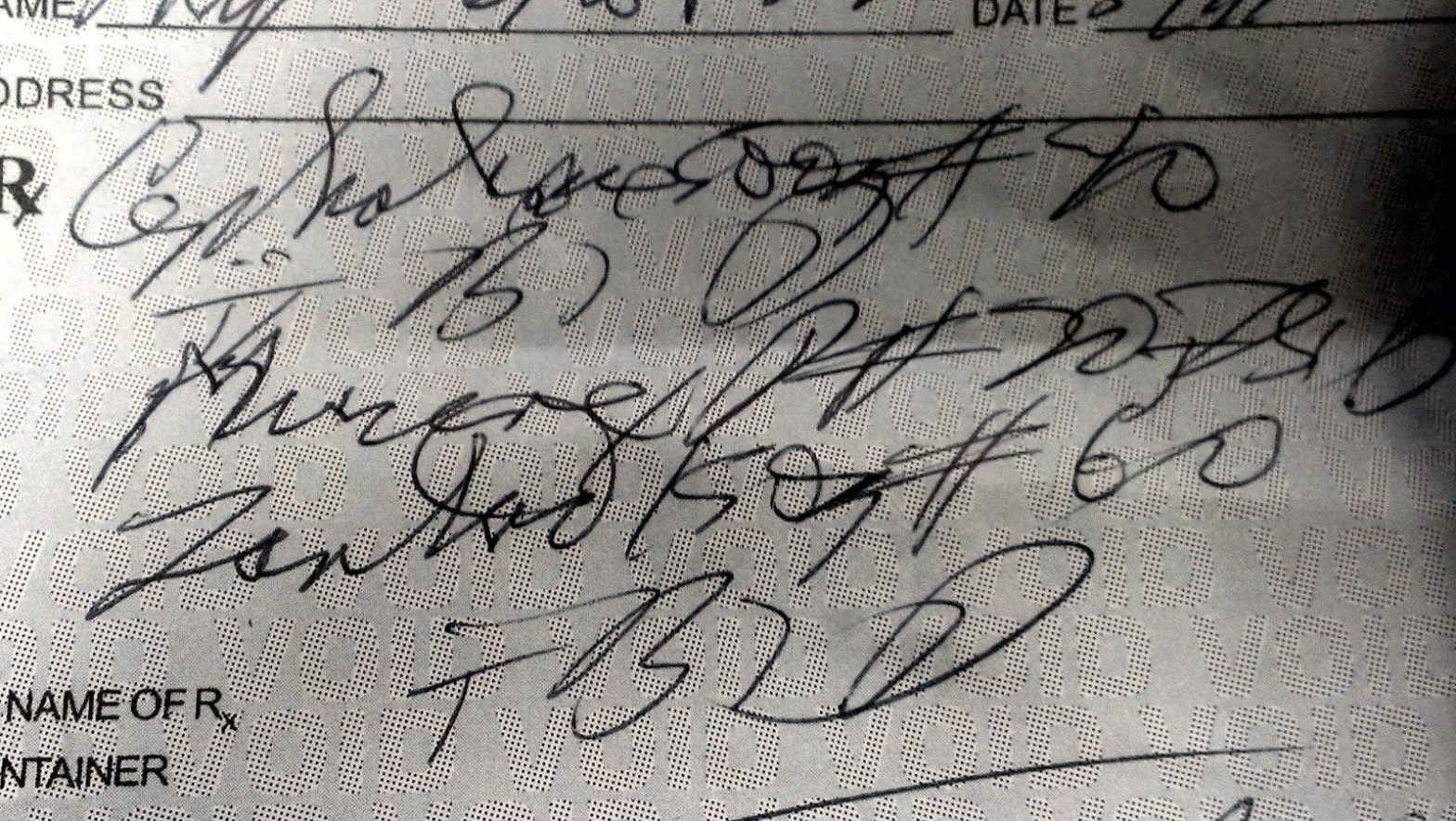Oh, darling readers, gather ’round, for today I’m spilling the tea on a mystery as old as time (or at least as old as the medical profession) — why, oh why, do doctors have such notoriously bad handwriting? Is it a secret code? A rite of passage? Or maybe, just maybe, a dash of chaos in an otherwise orderly profession? Let’s dive in, shall we?
The enigma of doctors’ illegible handwriting has puzzled patients for generations. Understanding the reasons behind this phenomenon requires a look at the fast-paced medical environment, historical practices, and the evolving role of technology. This article explores the various factors contributing to the infamous doctor’s scribble, shedding light on why it persists even in 2024. From rushed notes to a touch of professional identity, there’s more to the story than meets the eye.
1. The Speedy Gonzales Syndrome
Here’s the dealio — doctors are busy bees. With a capital B. They’re zipping from patient to patient, solving medical mysteries, saving lives, the whole shebang. In this high-speed, high-stakes environment, writing quickly becomes a survival skill. But, as with most things done at warp speed, neatness tends to take a back seat. It’s like trying to text while running a marathon — expect typos!
Doctors often face demanding schedules, seeing numerous patients each day. This pressure to document information quickly can lead to rushed and illegible handwriting. According to a study published in the British Medical Journal, physicians spend a significant portion of their time on administrative tasks, leaving less time for clear and careful documentation. The need for speed can therefore compromise the legibility of their notes and prescriptions.
2. The Cryptic Codex
There’s also a wee bit of historical context. Back in the day, when leeches were a legitimate medical treatment (yikes), physicians developed a sort of shorthand to jot down their notes and prescriptions. This cryptic script was like their own exclusive club — no outsiders allowed. Though we’ve ditched the leeches (thankfully), some of that coded language and shorthand still linger in those curly, swirly doctor’s notes.
Historically, medical professionals used shorthand and abbreviations to communicate efficiently among themselves. Many of these notations have been passed down through generations, contributing to the perception of illegible handwriting. “The use of medical shorthand dates back centuries, allowing doctors to quickly record patient information,” notes Dr. Jane Smith in her book, “The History of Medical Documentation.” While these abbreviations save time, they can be confusing for those outside the medical field.
3. The Art of Autonomy
Let’s get a bit psychological, shall we? Writing style is like a fingerprint — unique to each person. For doctors, who spend years upon years training, their handwriting becomes a part of their professional identity. It’s their personal stamp, a mark of autonomy and expertise. Sure, it’s illegible, but it’s also theirs.
A doctor’s handwriting can be seen as part of their professional identity, a unique mark developed over years of training and practice. Some experts suggest that the consistency of the illegibility is a subconscious assertion of authority and exclusivity. “Handwriting becomes ingrained as part of a doctor’s persona, reflecting their individual approach to medicine,” explains handwriting analyst Emily Carter. This personal touch, while distinctive, may not always translate to readability.
4. Tech Takeover and the Dying Art of Penmanship
Here’s a modern twist — with the rise of technology and electronic medical records, the art of penmanship is slowly fading into oblivion. Doctors these days type more than they write. So, when they do have to put pen to paper, it’s like asking a fish to climb a tree — awkward and kinda unnatural.
The increasing reliance on electronic medical records (EMRs) has reduced the need for handwritten notes, leading to a decline in penmanship skills among medical professionals. A survey conducted by the American Medical Informatics Association found that younger doctors are less likely to have legible handwriting compared to their older colleagues. “With the shift towards digital documentation, the skill of writing clearly by hand is becoming less emphasized in medical training,” says Dr. Michael Brown, a leading expert in medical informatics.
5. The Secret Language
Alright, lean in close for this one. Some suggest that doctors’ bad handwriting is a deliberate ploy to keep patients and pharmacists on their toes. Imagine a secret language, known only to the medical fraternity. A stretch? Perhaps, but oh, what a delicious thought!
The idea of doctors’ handwriting being a secret language adds a layer of intrigue to the mystery. While it is unlikely a deliberate attempt to confuse, the consistent illegibility does create an exclusive form of communication understood primarily by medical professionals. This could inadvertently reinforce a sense of professional exclusivity. Whether intentional or not, the effect remains the same: a script that often requires expert interpretation.
In Conclusion: A Mystery Wrapped in a Riddle
So, there you have it, my curious cats. The reasons behind doctors’ bad handwriting are as complex and varied as the medical profession itself. It’s a blend of history, practicality, identity, and maybe, just a sprinkle of mystery.
Next time you’re squinting at a prescription, just remember — you’re looking at a piece of history, a dash of rebellion, and a whole lot of personality. Embracing technological solutions, such as electronic prescriptions, can help bridge this gap and ensure clear communication. Until next time, keep those eyes wide and that curiosity piqued. Toodles! ✨✨
